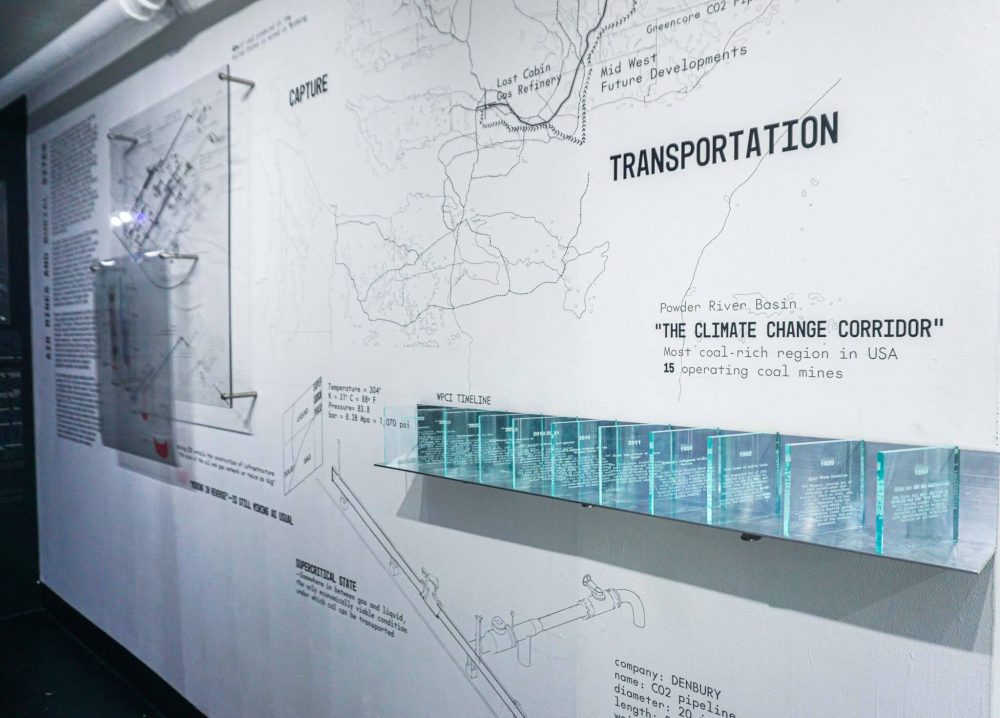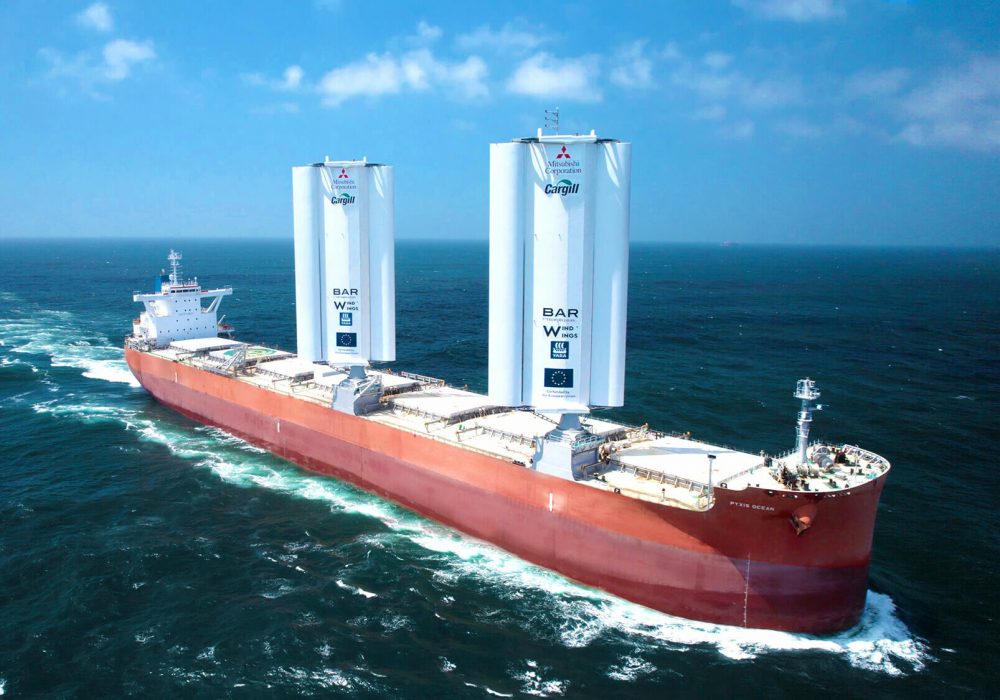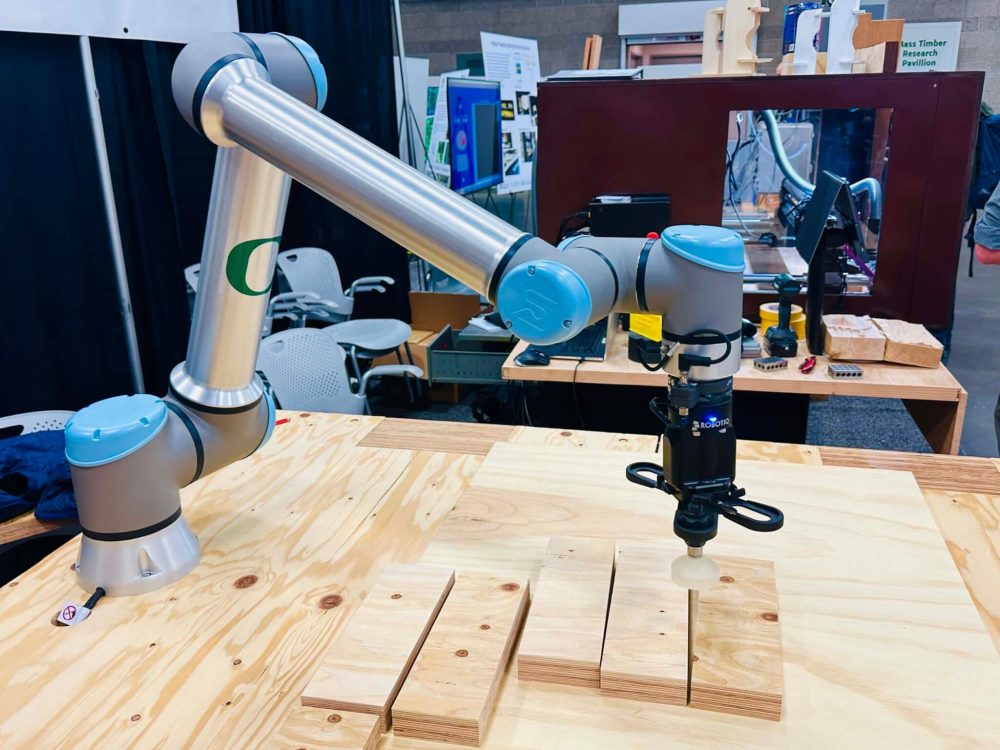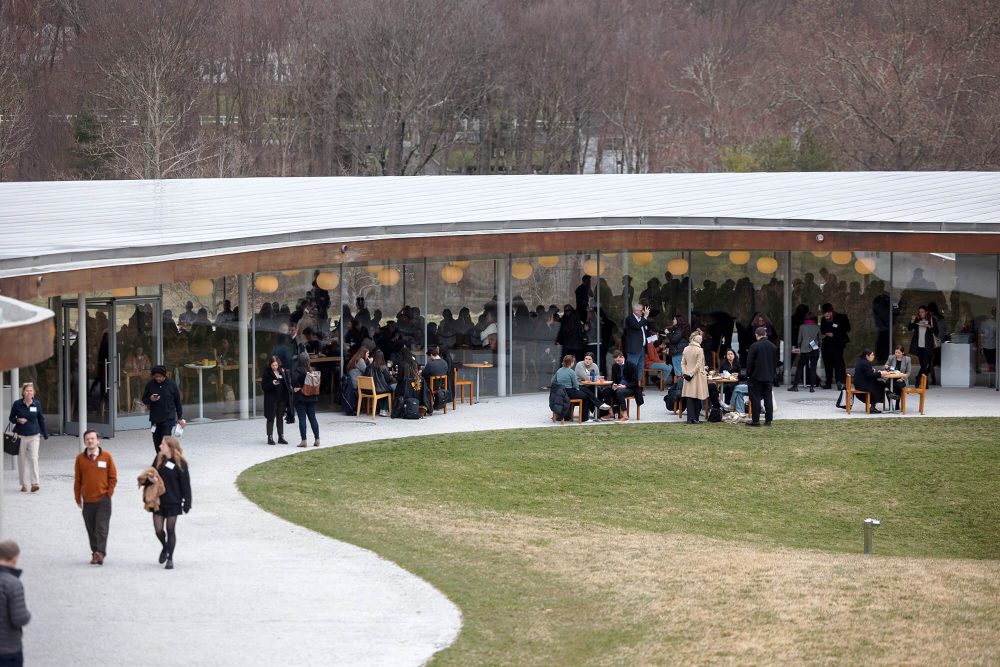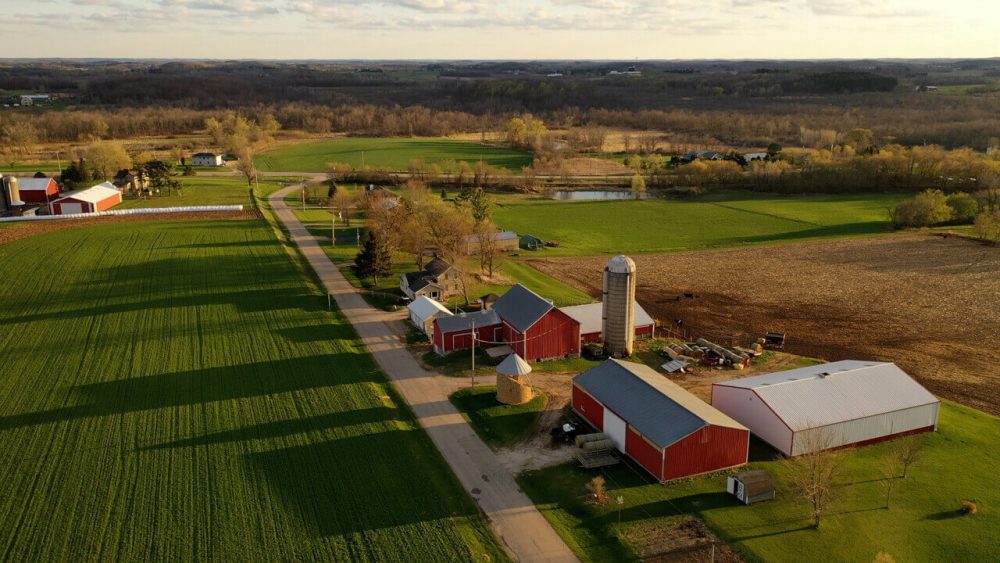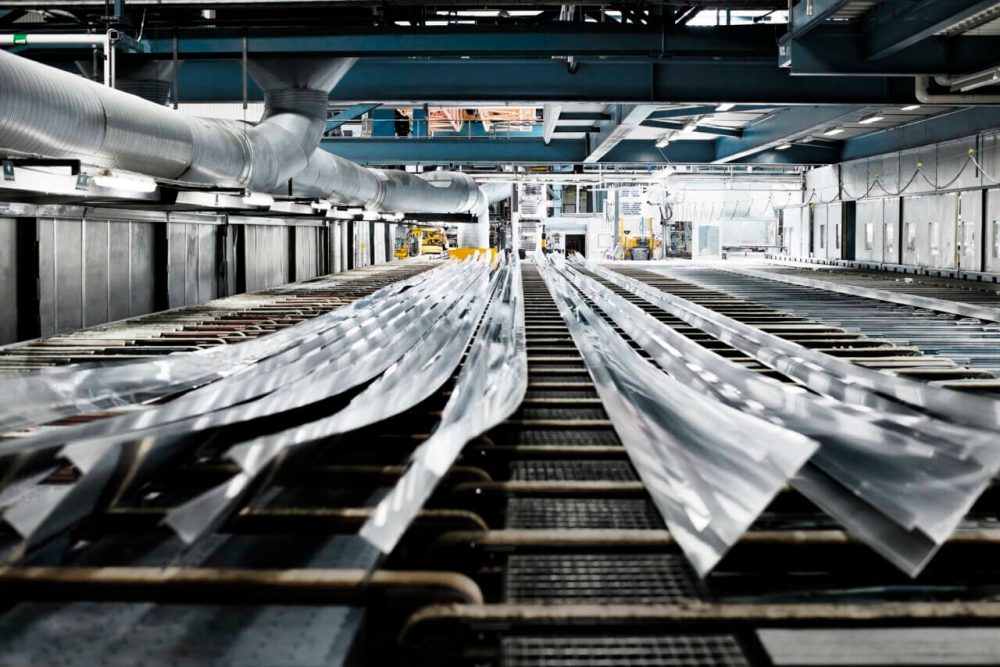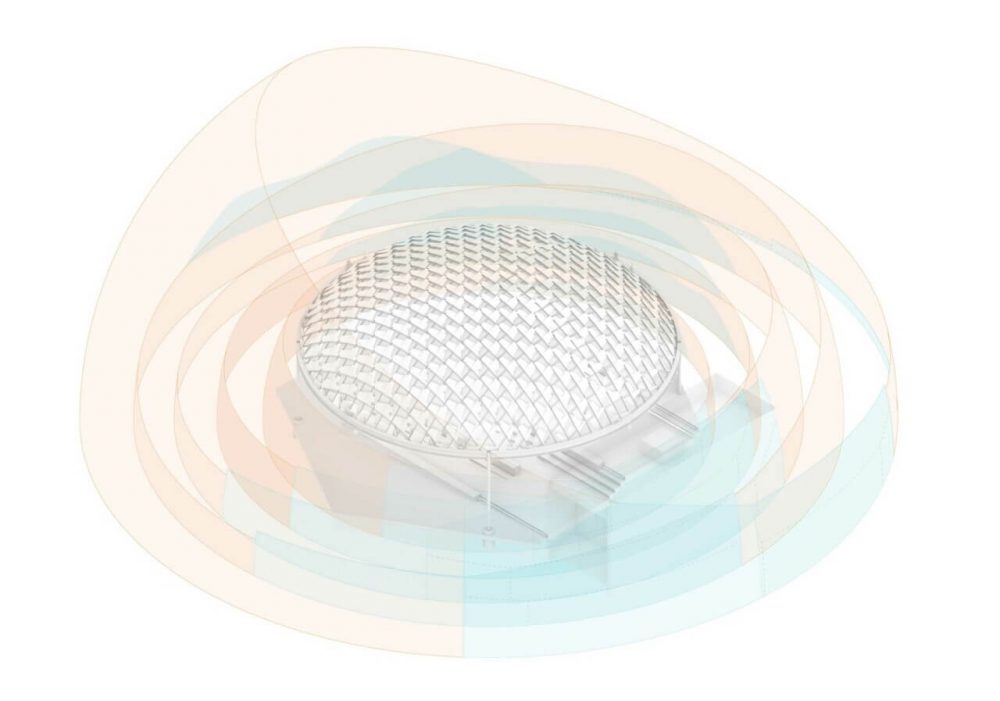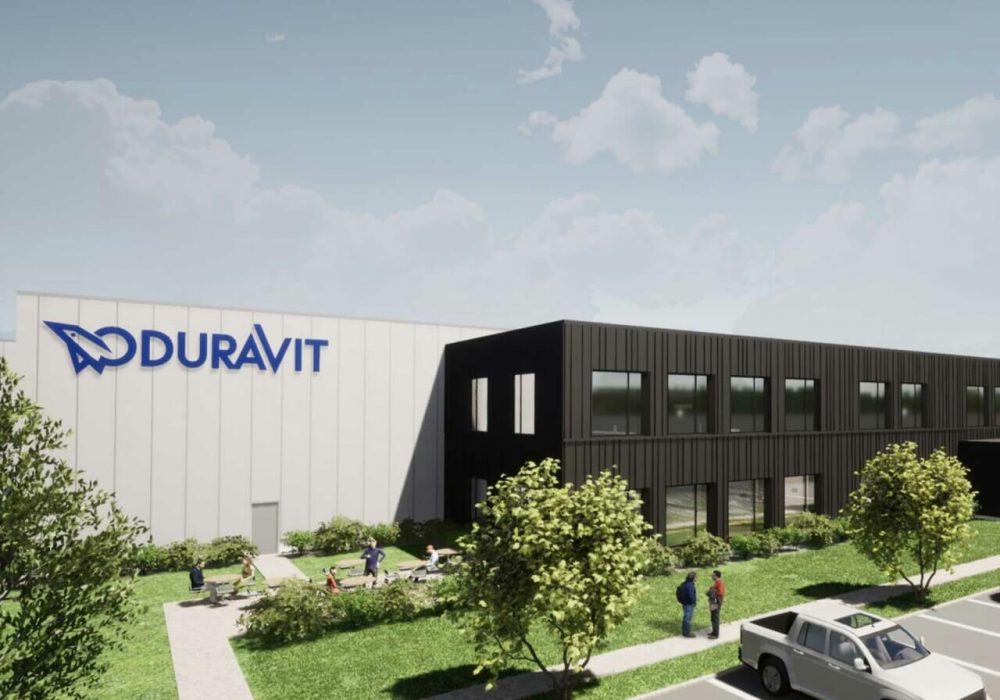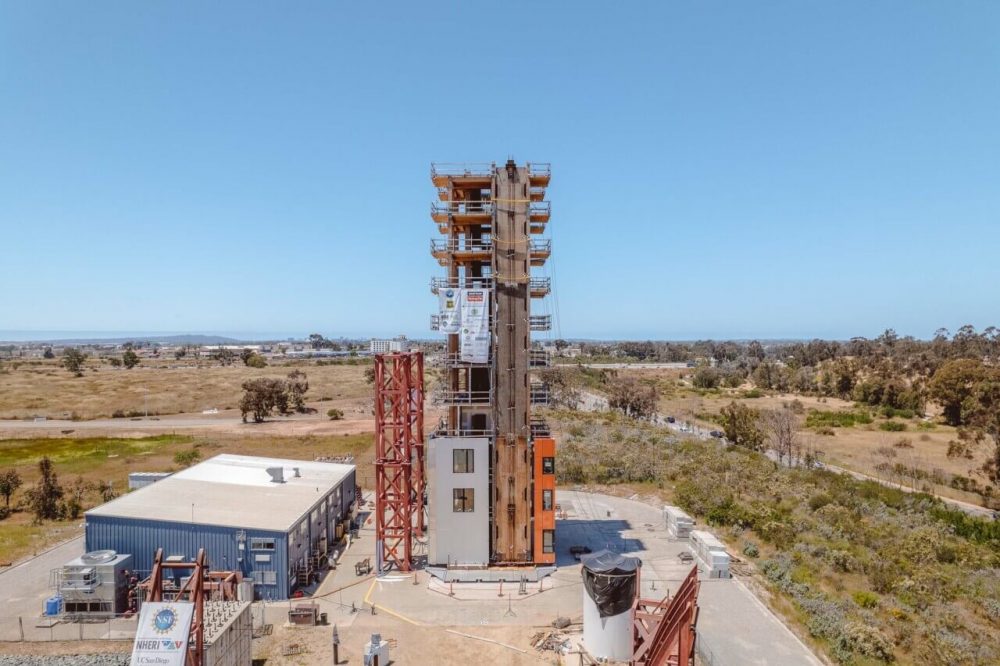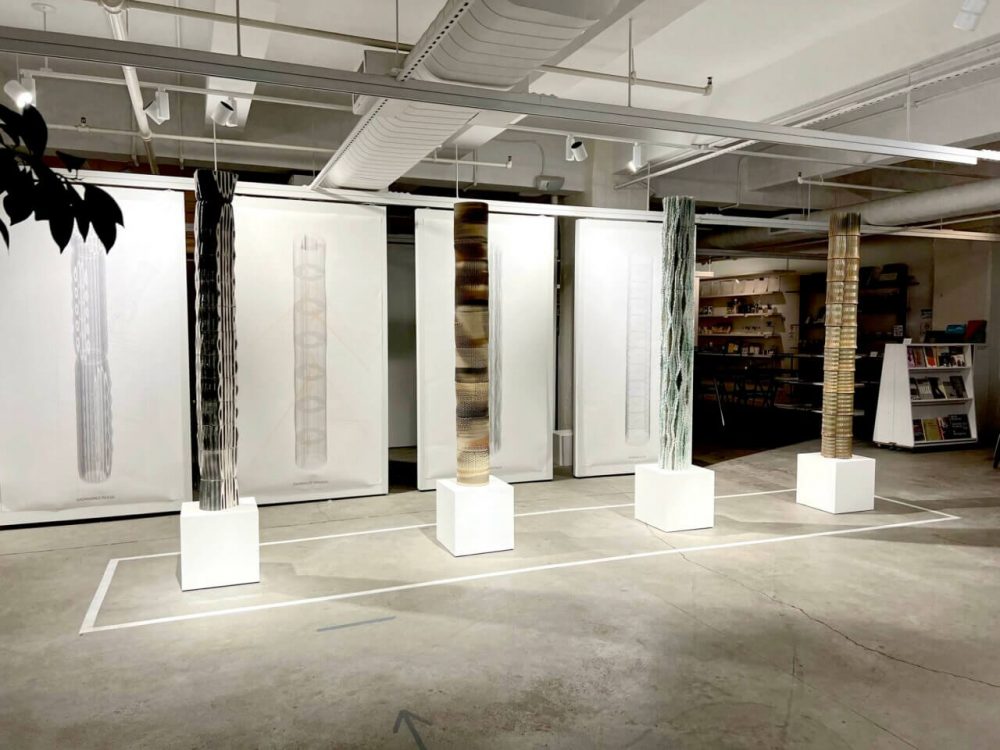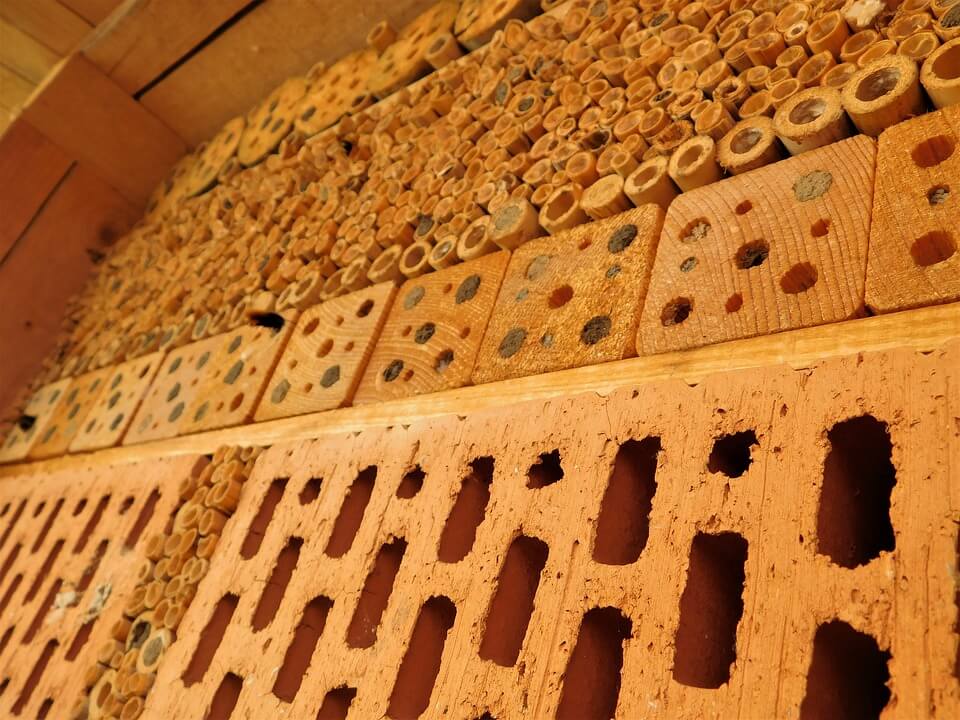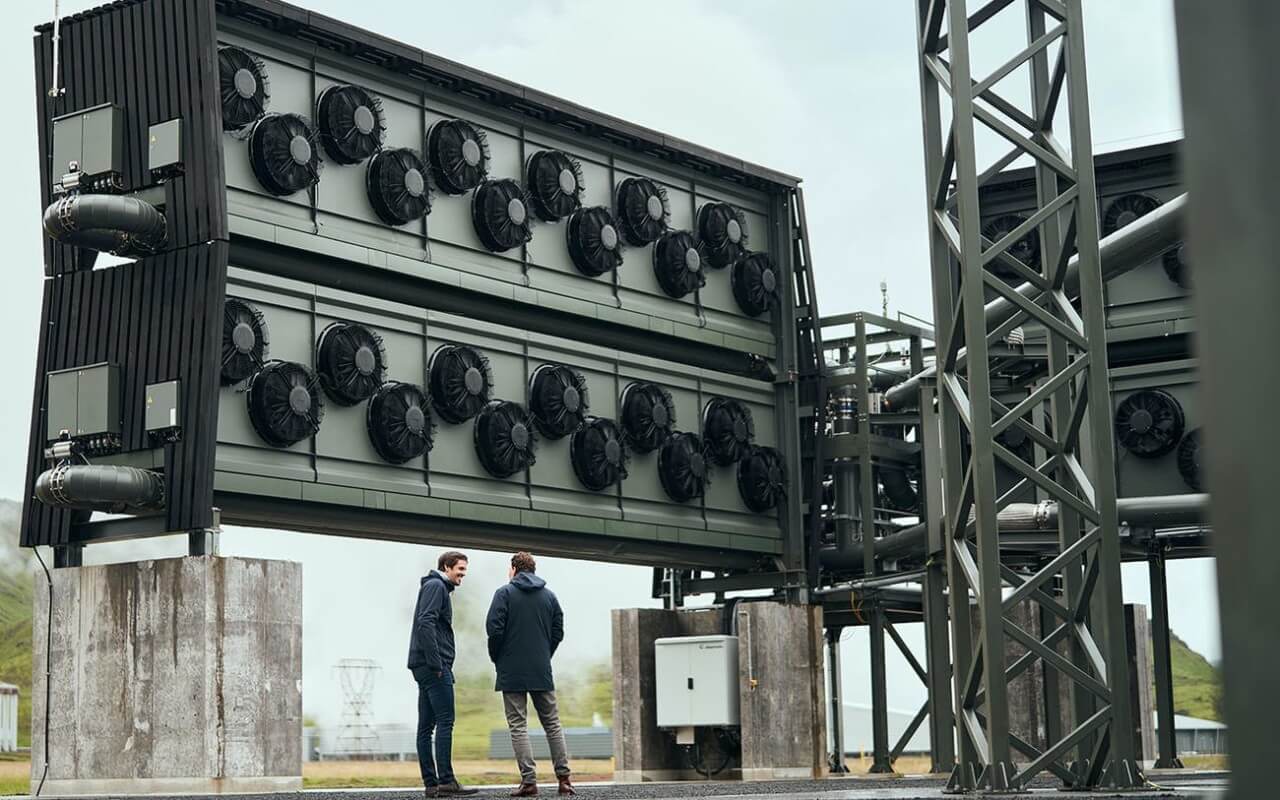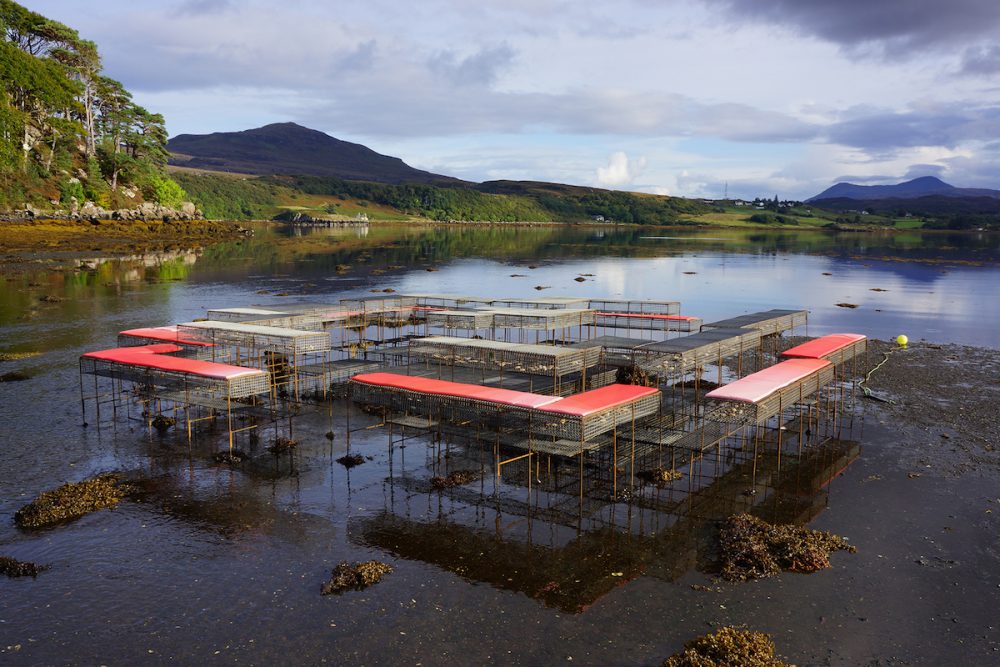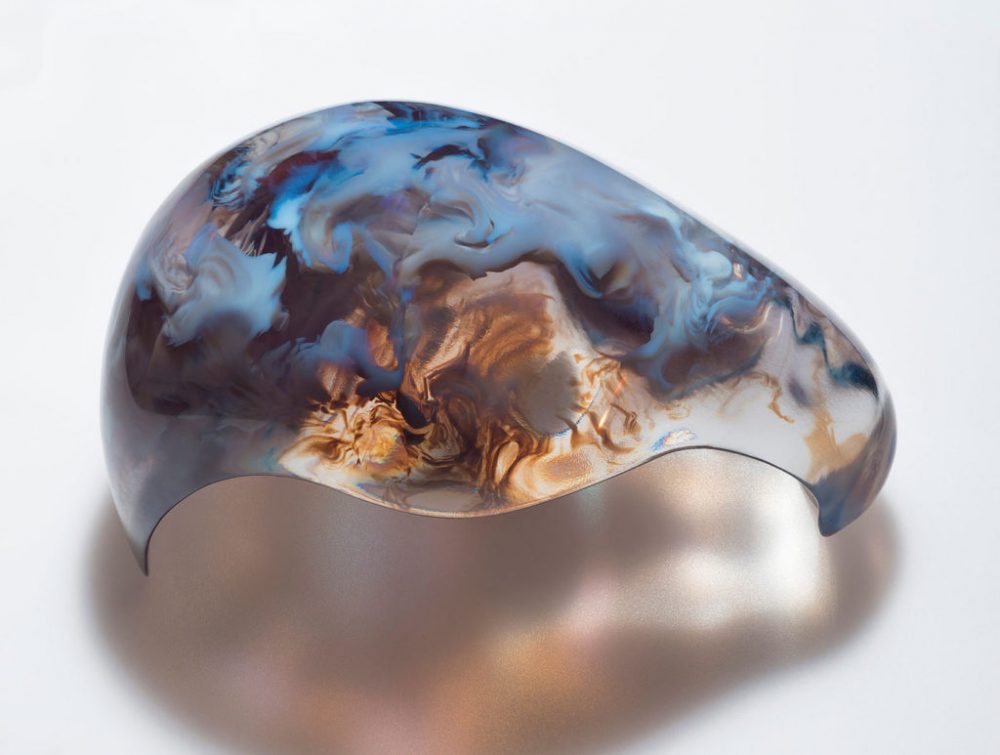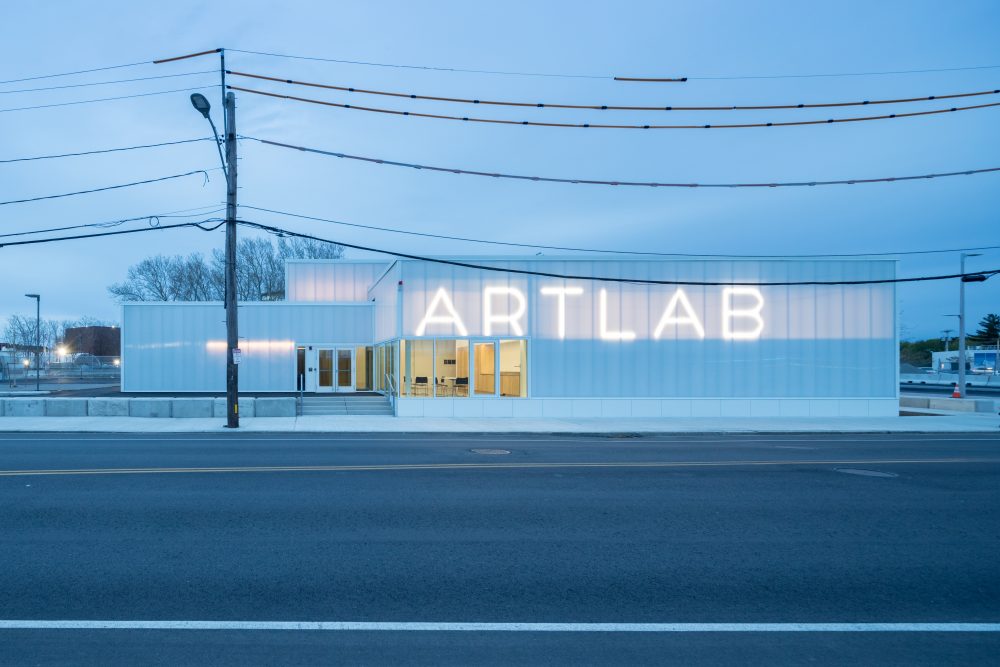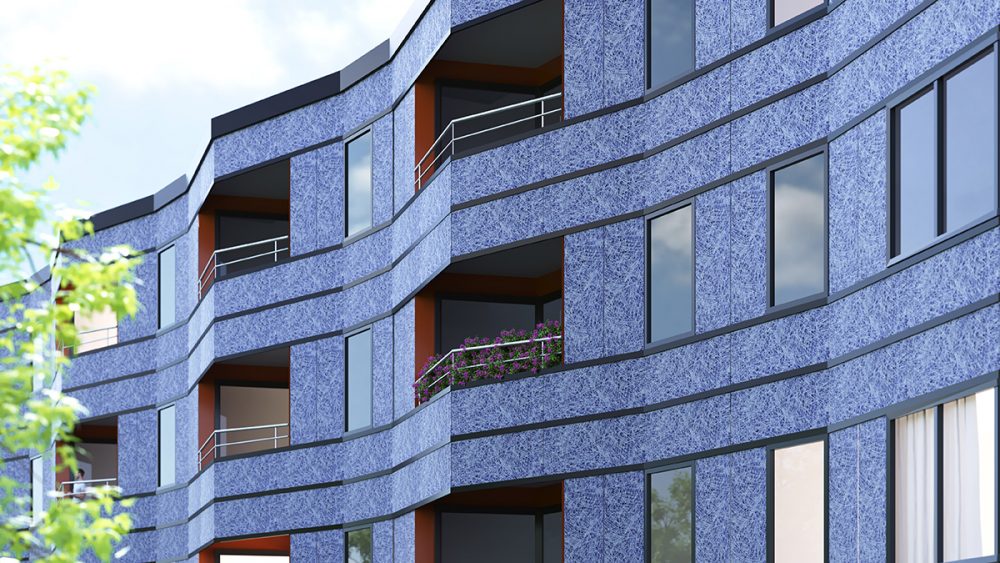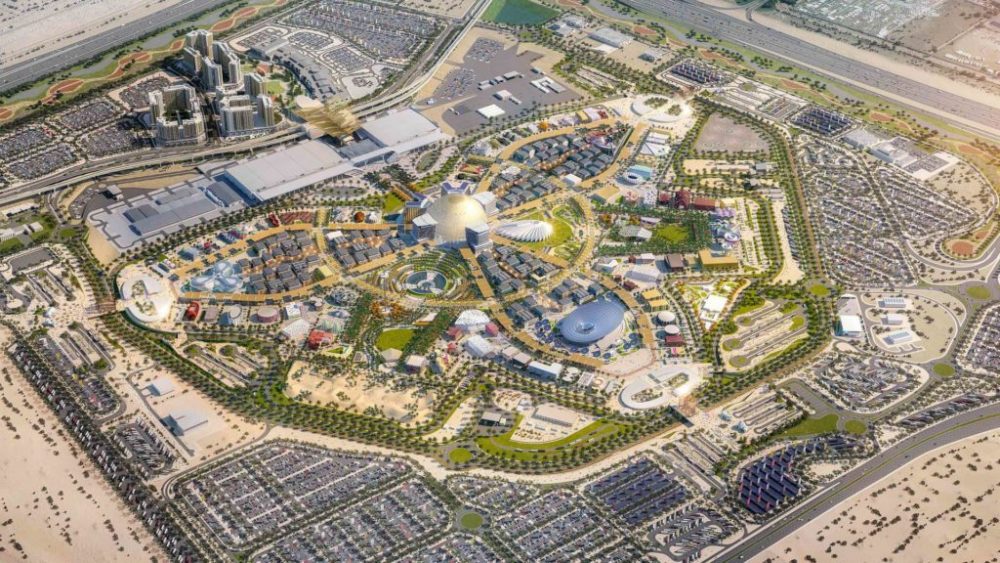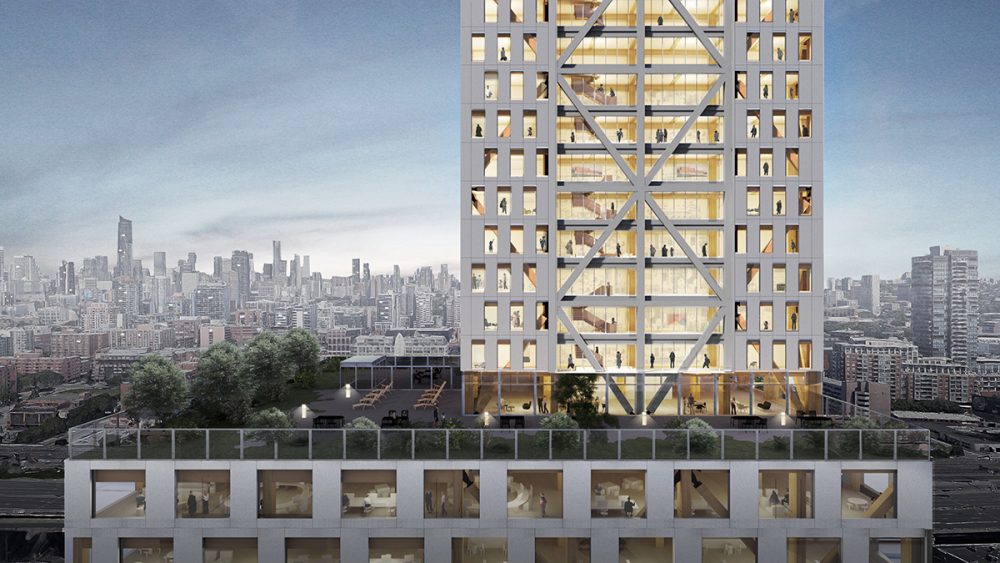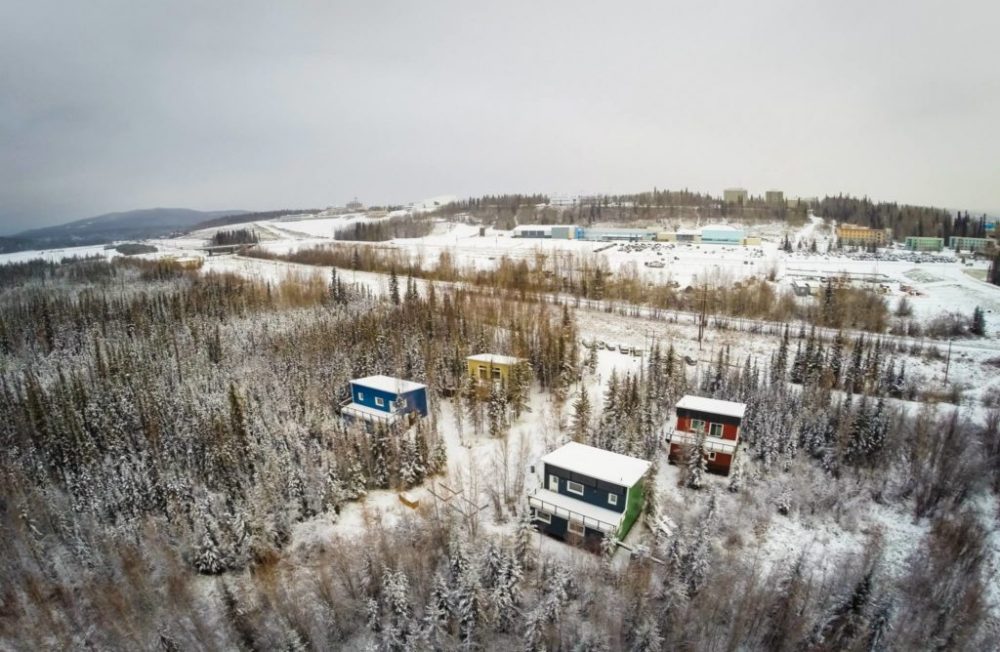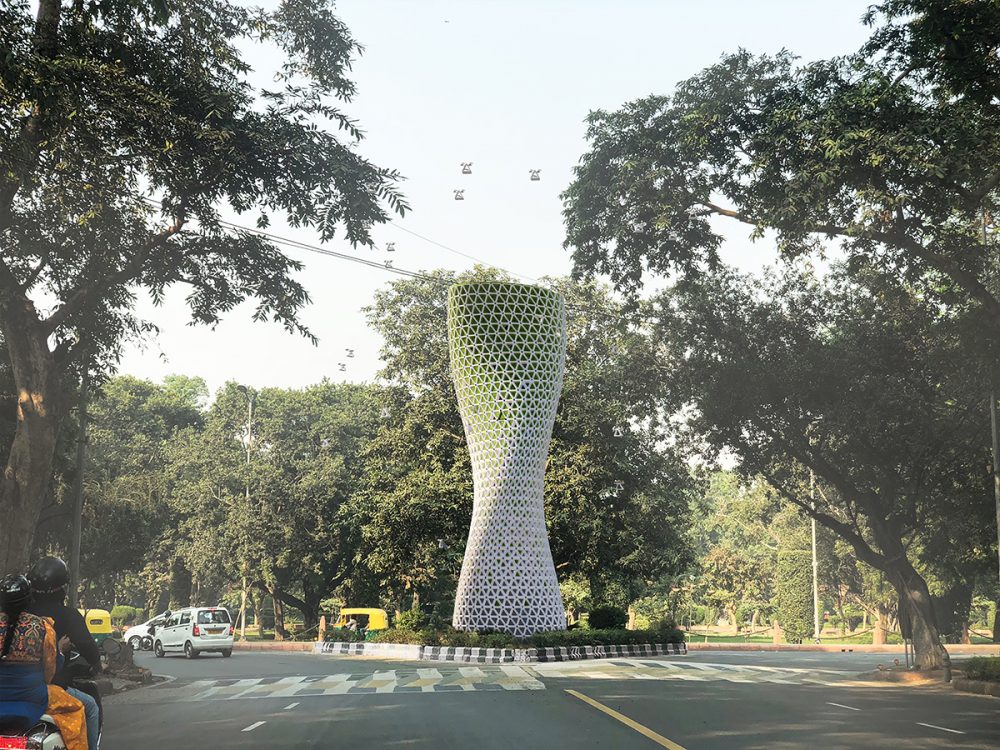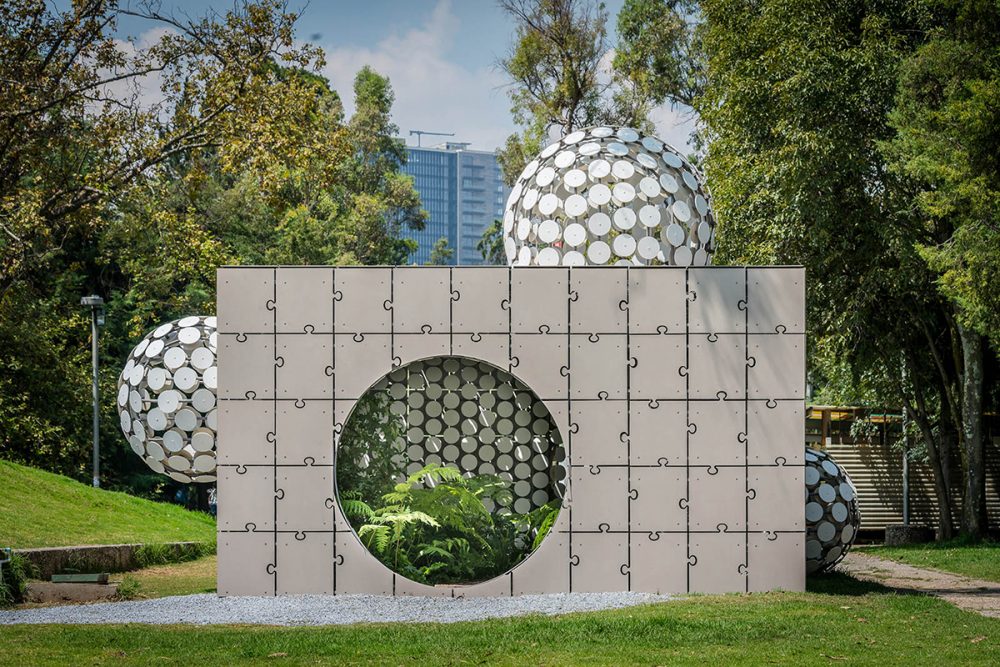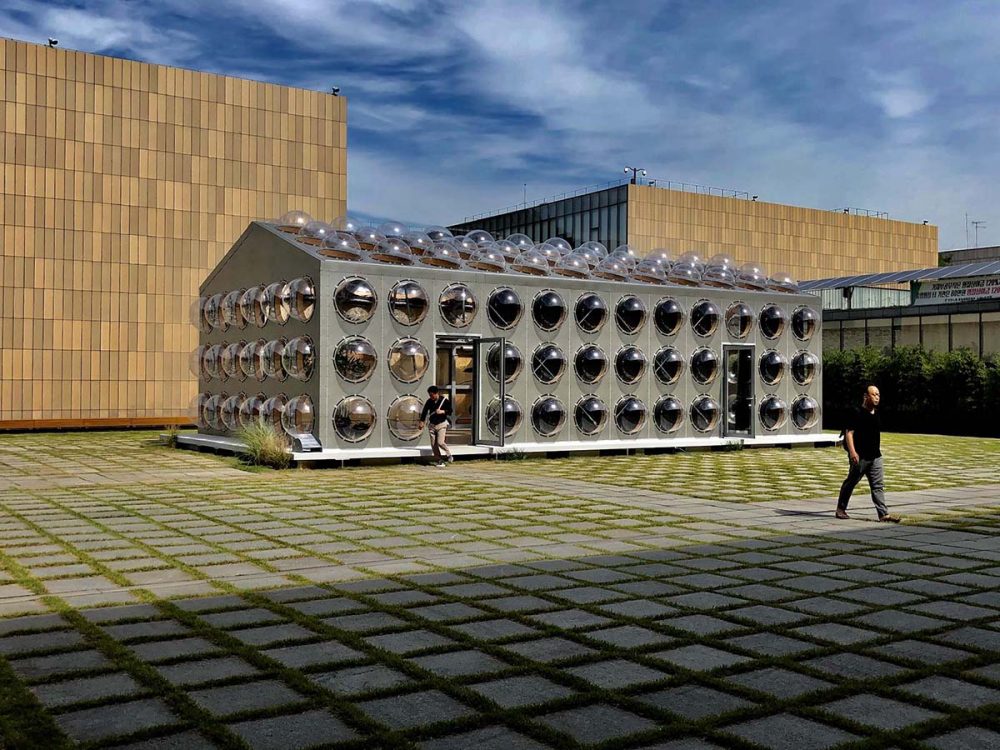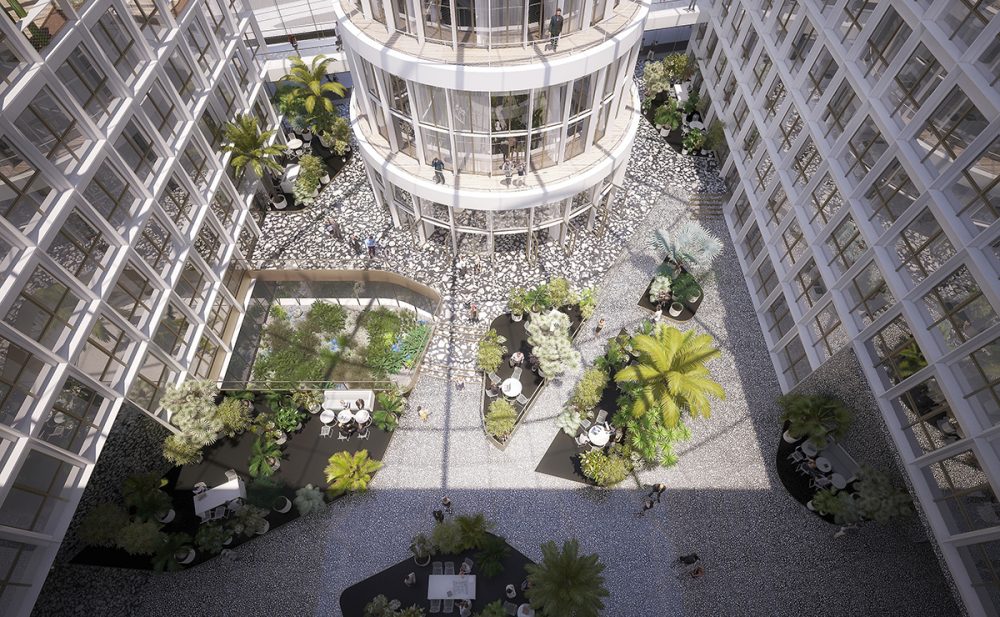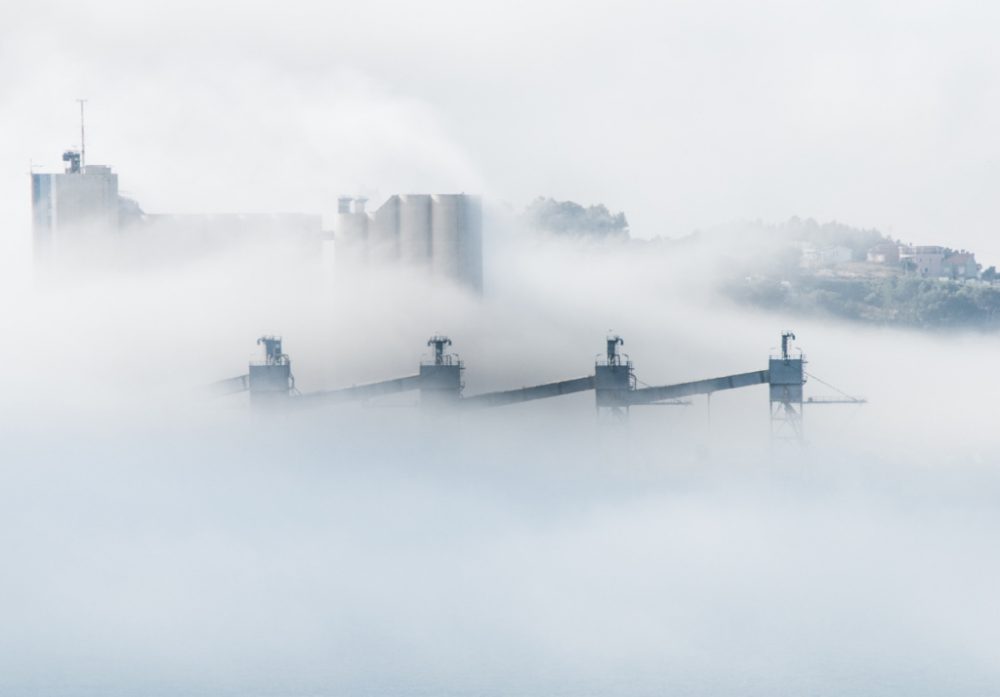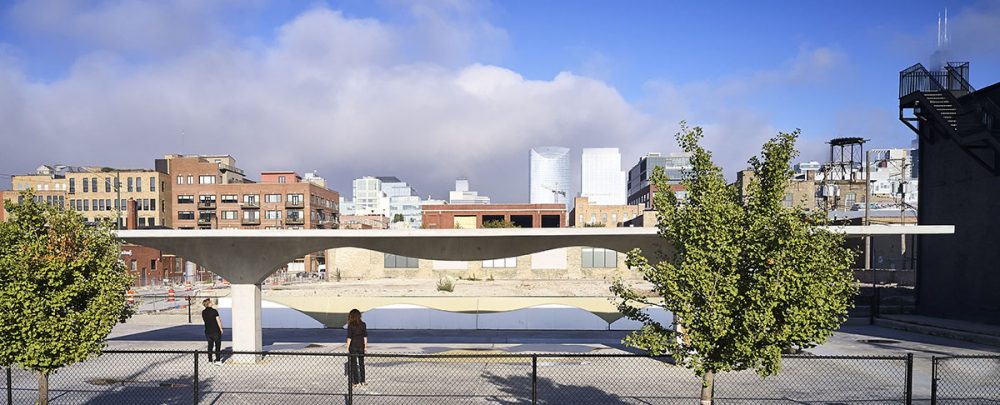Engineered stone is often hailed as a wonder material. It’s cheap, durable, recyclable, and attractive. But it’s also killing people, according to medical researchers and public health officials around the world. They’re linking a surge in severe cases of silicosis, a progressive and incurable lung disease, to the material’s growing popularity. Silicosis is one of
Geo-Fantasies: A Space Race on Planet Earth Citygroup 104b Forsyth Street New York Through June 16 Continue reading on The Architect’s Newspaper The post <em>Geo-Fantasies</em> at Citygroup peels back the layers of the carbon capture industry appeared first on The Architect’s Newspaper.
Modern architecture and ocean liners are close cousins, if not immediate siblings. A revolution in one discipline tends to signal that change is coming for the other. Continue reading on The Architect’s Newspaper The post Cargill debuts the world’s first ever wind-powered ocean liner with WindWings® appeared first on The Architect’s Newspaper.
The spirit of mass timber is the ethos of Portland; there’s no better place for this conference than the City of Roses. For the eighth year in a row, the world’s largest gathering of mass timber experts and stakeholders assembled for the 2024 International Mass Timber Conference (IMTC) at the Oregon Convention Center. Pre-conference events
Design for Freedom held its annual summit this week at Grace Farms in New Canaan, Connecticut. There, architects, business leaders, engineers, students, construction experts, techies, and other professionals coalesced in the bucolic setting by SANAA to discuss ending forced labor in the global construction industry. Continue reading on The Architect’s Newspaper The post How can
This week the U.S. Department of Agriculture (USDA) released an updated version of its Plant Hardiness Zone Map (PHZM)—a datum used by gardeners and farmers to determine which plants are most likely to thrive at a given location. Today, approximately 80 million growers in the United States and its “territories” depend on PHZM to help
Greenhouse gas emissions fuel global warming. How can we accurately reduce them? Measurements are a good place to start, and we currently track them across three distinct scopes: (1) direct emissions; (2) indirect, owned emissions; and (3) all other indirect emissions, upstream and downstream. It’s often not an expertise that companies possess internally, so a
AGENCY Architecture is located in El Paso, Texas, and our work has focused largely on ideas that shape our border-adjacent desert context, with a particular sensitivity to social issues, ecological instability, and resource depletion. Current work is looking at the Chihuahuan Desert—a unique and uniquely challenged binational territory that crosses the U.S.-Mexico border. Here, climate
Duravit AG, a German design bathroom manufacturer, announced plans to build the “world’s first climate-neutral ceramic production facility” in the Canadian province of Québec. The company described the enterprise as a “quantum leap towards a sustainable future” in a press release. Continue reading on The Architect’s Newspaper The post Duravit AG has plans to design
On May 9, dozens gathered to watch as a ten-story tower in northeast San Diego juddered and swayed under the forces of back-to-back simulated earthquakes. The building, an experimental mockup of a mass timber tall building, was built atop the Large High Performance Outdoor Shake Table at UC San Diego. The so-called table to which
RE-ordering architecture UsagiNY 163 Plymouth Street Brooklyn, New York Through May 25 Continue reading on The Architect’s Newspaper The post For <em>rE-ordering architecture</em>, four researchers establish new column styles with 3D-printed clay appeared first on The Architect’s Newspaper.
The following editorial from Aki Ishida kicks off the Focus section of the July/August 2022 edition of The Architect’s Newspaper, which showcases the latest and greatest innovations in glass. You can view the entire section, complete with product roundups and case studies, in full here. In recent decades, technological advancements in chemical coating, structural engineering,
In January of 2022, the city of Brighton in the U.K. went viral for requiring new buildings to integrate ‘bee bricks’ as a means of increasing biodiversity in the built environment. Artificial bee habitats, commonly called “bee hotels,” are a popular form of intervention in gardens and parks around the world. They’re intended to cater
Europe has, as of late, become the site of robust environmental technological developments designed to reduce global waste and carbon emissions, from BIG’s waste-to-power plant in Copenhagen to a proposal for a mass timber neighborhood in Sweden. As of last Wednesday, it has also become the site of the latest advancement in carbon capture technology.
The Harvard Graduate School of Design (GSD) has named Daniel Fernández Pascual, a Spanish-born, London-based architect, urban designer, educator, and researcher as the recipient of the 2020 Wheelwright Prize. Now in its eighth year as an international open competition, the Wheelwright Prize, which first originated at Harvard GSD in 1935, is a research travel-based grant
A pioneer in materials, objects, and construction, Neri Oxman is showing work from her 20-year career as an architect, designer, and inventor at the Neri Oxman: Material Ecology exhibition currently on view until May 20 at New York City’s Museum of Modern Art (MoMA). Curated by Paola Antonelli with help from curatorial assistant Anna Burckhardt, Oxman’s work on display explores the intersection of the
The Berlin-based Barkow Leibinger, with the help of the Boston-based architect of record Sasaki, has created the adaptable, translucent ArtLab for Harvard. As the university expands across the river into Boston’s Allston neighborhood, they’ve been developing an ArtYard—a contemporary, arts-focused answer to the walled Harvard Yard in Cambridge. Barkow Leibinger’s brief was to create an adaptable,
As sustainability continues to enter the fore in design decisions, there has been an increased push to make photovoltaic technology more aesthetically adaptable, moving away from just the standard array of blue solar panels installed on rooftops. Tesla’s troubled Solarglass Roof has promised to look just like standard shingles and UNSense, the tech spinoff of UNStudio, has been hard at work on
Long before the telephone, the airplane, and the internet, the original World’s Fair was created in 1851 as a method of presenting the achievements of all the world’s nations in a single setting. Countless modern accomplishments—among them, the telephone, the Ferris wheel, the dishwasher, and even the Eiffel Tower—have all debuted at various World’s Fairs
Sidewalk Labs, the architecture and urbanism spinoff of Google parent company Alphabet, has detailed a new model for designing tall timber towers on their Medium page. The “digital proof-of-concept,” designed in Revit and hosted in BIM 360, is called PMX (proto-model X), and is intended to show how a modular 35-story tower could be designed
The Cold Climate Housing Research Center (CCHRC) describes itself as “an industry-based, nonprofit corporation created to facilitate the development, use, and testing of energy-efficient, durable, healthy, and cost-effective building technologies for people living in circumpolar regions around the globe.” Aaron Cooke, the architect who leads the Sustainable Northern Communities Program at the CCHRC in Fairbanks, Alaska, is
Yesterday at the Consumer Electronics Show in Las Vegas, Toyota and BIG unveiled a new concept for a high-tech “Woven City” to be built at the car maker’s 175-acre former factory site at the foothills of Mount Fuji, in Japan. “In Higashi-Fuji, Japan, we have decided to build a prototype town of the future where
Home to 19 million people, Delhi has some of the most polluted air on the planet. With some toxic elements present in excess of 25 times the World Health Organization’s guidelines and with a growing population, new solutions are urgently needed. Studio Symbiosis has begun testing its own speculative project, Aura, as potential new “lungs
Mexico City-based architect Gerardo Broissin has created a jigsaw puzzle-like concrete structure for the courtyard of the celebrated Museo Tamayo. Built for Design Week Mexico this fall, the pavilion, known as Egaligilo (Esperanto for equalizer), forms its own porous microclimate full of ferns and shrubs. In order for the pavilion to successfully keep the plants healthy,
The New York and Seoul–based Obra Architects, along with Front Inc., Obra Abrim, Dongsimwon Landscape, and Supermass Studio, have created an oasis of “perpetual spring” in a public courtyard in Seoul. Supported by Korea’s National Museum of Modern and Contemporary Art as part of their exhibition The Square: Art and Society, the experimental pavilion features
Could the solution to more sustainable buildings be what’s planted in and around them? Researchers at MIT have discovered a way to turn plants into sources of light and are imagining a new conception of architecture that would integrate them into everyday spaces as a more sustainable alternative to electric lighting. In 2017 MIT chemical
“The mass-production of rubble constitutes one of modern architecture’s main legacies,” said the French designer and researcher Anna Saint Pierre. So much of what gets built gets demolished, or decays and needs to be restored or renovated. She explained that “The building sector accounts for 50 percent of natural resource consumption and almost 40 percent
Construction remains one of the most carbon-intensive industries, with materials often contributing significantly to the final project’s total pollution (concrete production, for example, is responsible for 8% of global carbon emissions). A report from the Carbon Leadership Forum, a network of academics and industry professionals hosted at the University of Washington to focus on reducing
For the Chicago Architecture Biennial opening on September 19, SOM debuted a concrete pavilion called Stereoform Slab to showcase the latest in material and manufacturing technology. As much as 60 percent of a building’s carbon footprint can result from the creation of concrete slabs, according to SOM. By developing new fabrication methods and integrating robotic

